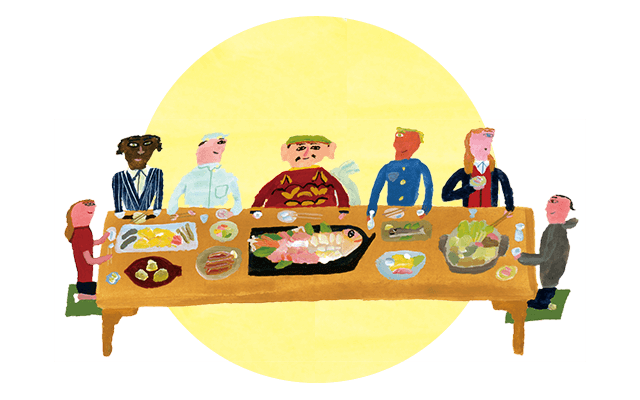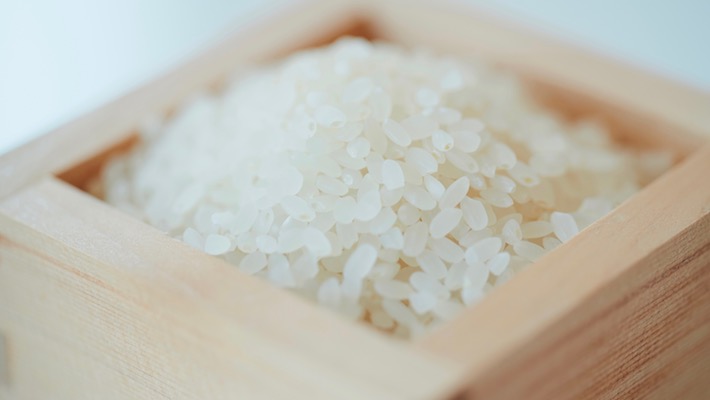
Harima Archives
2022.03.18 The Future of Sake Rice

It’s Not Just About Yamada Nishiki
Along with Yamada Nishiki, many other unique sake rice varieties are grown in Hyogo Prefecture. There are 22 breeds of sake rice grown in Hyogo Prefecture, the most significant number in Japan. Here are some of the unique sake rice varieties from Hyogo Prefecture that promise the future.
Hyogo Kita Nishiki and Hyogo Yume Nishiki
There are four types of sake rice designated as encouraged breeds in Hyogo Prefecture: Yamada Nishiki, Gohyakumangoku, Hyogo Kita Nishiki, and Hyogo Yume Nishiki. Yamada Nishiki is grown in the Hokuban area and part of the Hanshin area, Hyogo Yume Nishiki in the Nishi Harima area, Gohyakumangoku, and Hyogo Kita Nishiki in the Tajima and Tanba areas. Hyogo Kita Nishiki is a cross between Gohyakumangoku and Nada Hikari, two famous breeds grown throughout Japan. This is an early maturing variety that can be harvested earlier than usual due to its large size and good shinpaku growth. Hyogo Yume Nishiki was created in 1993 (Heisei 5) as sake rice less prone to collapse and more resistant to disease than Yamada Nishiki.
It is a large grain that melts well and has good brewing properties. It’s also popular among breweries for its ability to produce firm, crisp sake, which has a different appeal compared to the rounded, sweet sake of Yamada Nishiki.
Hyogo Nishiki and Hyogo Sake 85
Hyogo Nishiki and Hyogo Sake 85 result from the Next Generation Sake Rice Consortium, a project to develop sake rice and sake to meet overseas demand. Both have properties and high yields that overcome current challenges such as falling (the tendency of rice plants falling over due to their tall stature), rice blast caused by fungi, and the effects of global warming. Hyogo Nishiki is a slow ripening variety intended for the southern part of Hyogo Prefecture that can be polished to a high level, making it suitable for Daiginjo and Ginjo. On the other hand, Hyogo Sake 85 is an early maturing variety intended for the northern part of the prefecture. It is ideal for junmai-shu as it can produce high-quality sake without high polishing.
Also, to promote Hyogo as a sake brewing region overseas, the breed’s name was given Roman letters for the first time in Japan.
The Terroir of Japanese Sake
Have you ever heard of the term “terroir,” often used in the wine world? Terroir is derived from the French word “terre,” meaning “land,” and refers to the region’s geography, topography, and climate where the grapes used to make wine are grown. Terroir is important because the same grape breed can have different characteristics depending on where it is grown. The same can be said for sake rice. In Hyogo Prefecture, the soil is rich in minerals, and the temperature varies between day and night. Therefore, while making the most of the environment where sake rice is grown, the prefecture has subdivided the environment into different regions to produce sake rice rooted in the land.



